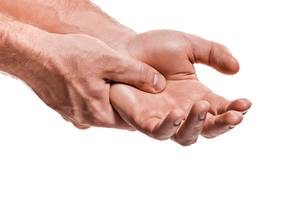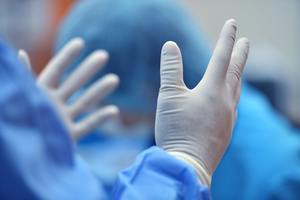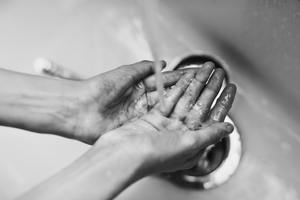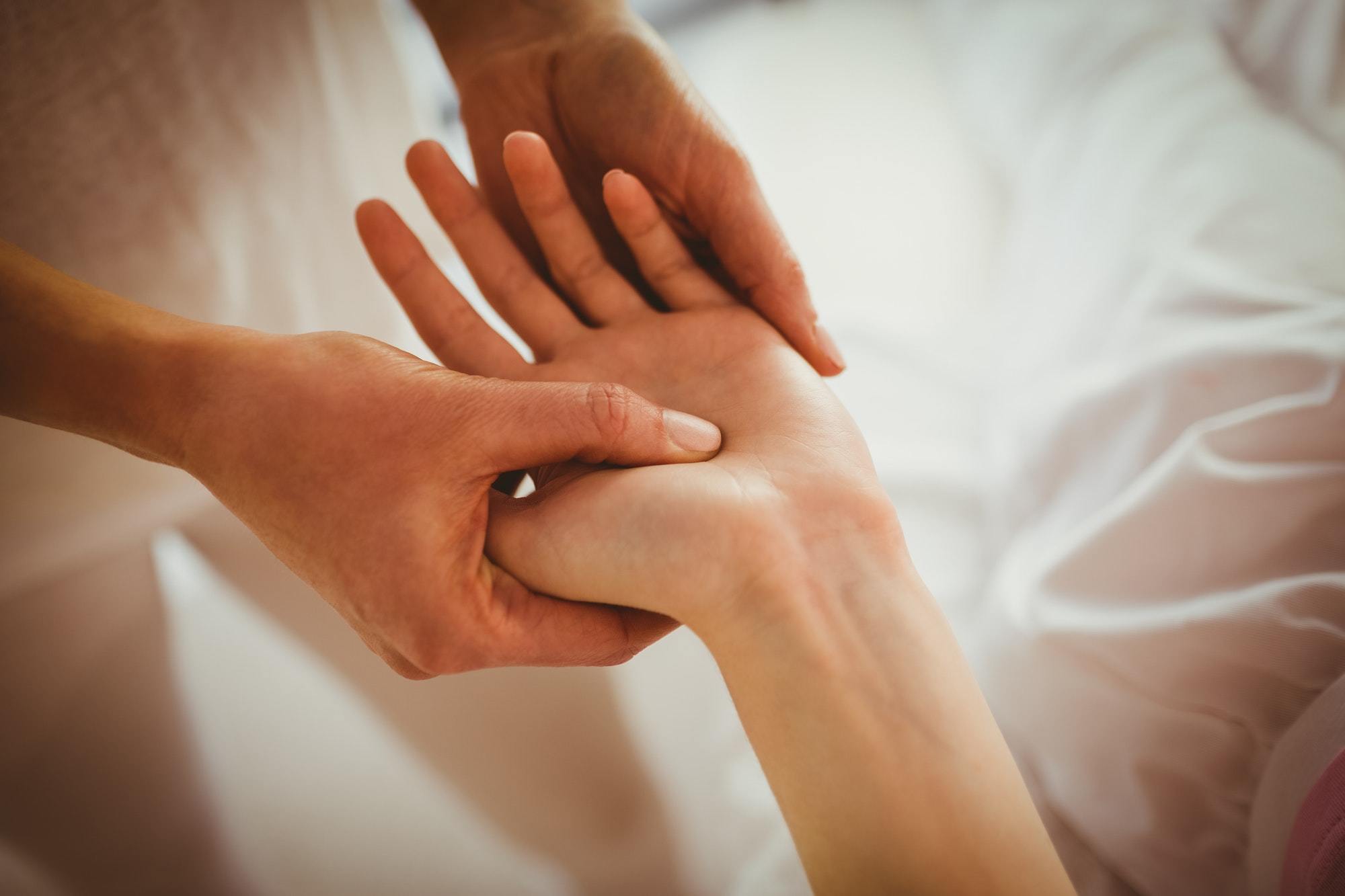Raynaud’s disease, also known as Raynaud’s phenomenon and Raynaud’s syndrome, limits blood circulation to certain areas of your body – usually the toes and fingers – and causes them to turn numb and cold. Let’s look at Raynaud’s phenomenon and what to do about it.
The disease tends to be more common among women and people who reside in cold climates. Raynaud’s disease won’t incapacitate most people, but it can affect their quality of life.
The specific treatment for this disease will depend on how severe it is and if you’re suffering from other health problems.
Diagnosing Raynaud’s
Let’s look at Raynaud’s phenomenon and what to do about it. To diagnose Raynaud’s, your doctor will:
- Ask about your symptoms
- Go over your medical history
- Perform a physical exam
- Run tests
Primary vs. Secondary Raynaud’s

Primary Raynaud’s is the less severe version and there is no underlying cause.
In fact, the cause is unknown but the symptoms are usually mild.
Underlying conditions like scleroderma, Rheumatoid arthritis, and lupus are the cause of secondary Raynaud’s.
Your doctor might run a test called nail fold capillaroscopy to determine if you have primary or secondary Raynaud’s.
If they suspect you have secondary Raynaud’s, they will probably order additional blood tests like an antinuclear antibodies test and an erythrocyte sedimentation rate test.
One test alone will not diagnose Raynaud’s, so you will go through several tests to rule out any other disease.
Treatment
Treatment is meant to prevent tissue damage, reduce the number of attacks and their severity, and treat the underlying cause.
If you’re suffering from mild attacks, wearing the appropriate cold-weather attire (gloves, heavy socks, scarfs, etc.) might help alleviate your symptoms.
Medications
Your doctor might prescribe medicine that dilates your blood vessels and promotes circulation, such as calcium channel blockers and vasodilators.
Calcium channel blockers relax and open small blood vessels in your hands and feet, helping most people with Raynaud’s see a decrease in the frequency and severity of their attacks.
These medicines include isradipine, felodipine, amlodipine (Norvasc), and nifedipine (Procardia).
Vasodilators relax blood vessels. These medicines include prostaglandins, fluoxetine (Prozac), sildenafil (Viagra), losartan (Cozaar), and nitroglycerin cream.
Supplements
L-Arginine Plus can be a remedy for Raynaud’s Disease! L-arginine is a vasodilator and nitric oxide producer that opens up the blood vessels and allows for increased blood flow.
Medical Procedures

If you suffer from a severe case of Raynaud’s, your doctor might recommend you undergo some medical procedures as a way to treat your condition, such as nerve surgery and chemical injections.
Nerve surgeries may reduce the frequency and duration of an attack. Your hands and feet have sympathetic nerves that control the opening and narrowing of the blood vessels in your skin.
By making small incisions in the affected areas and cutting these nerves, you might not feel the exaggerated responses they cause.
In addition, chemical injections, like local anesthetics and certain Botox injections, might block sympathetic nerves in the affected areas.
This treatment is temporary; repeat injections when symptoms return.
Lifestyle Changes and Home Remedies
Making the following changes in your life might help alleviate your symptoms:
- Avoid going into quick-changing temperature environments (ex: going into a hot shower when the room is cold).
- Exercise to increase blood circulation. Check with your doctor before exercising in the cold if you suffer from secondary Raynaud’s.
- Avoid smoking and secondhand smoke, as it causes the blood vessels to constrict and lowers your skin temperature.
- Learn to manage your stress, as it can trigger an attack.
During an Attack

When you feel an attack coming on, gently warm your fingers and toes and practice a stress-reduction technique.
Go to a warm (but not hot) area, wiggle your fingers/toes, put your hands under your armpits, make windmill-motions with your arms, run lukewarm water over your fingers and toes, and massage your hands and feet.
Using Alternative Medicine
We need more studies to clearly and definitively prove the effectiveness of supplements on Raynaud’s, but they might help you manage your symptoms.
Check with your doctor before taking supplements, as they may have an adverse interaction with current medicines you’re taking or might cause side effects.
Ask your doctor about fish oil and ginkgo supplements and how they can help reduce your symptoms.
Acupuncture is a practice that may improve blood flow. Biofeedback therapy might be another option, as it helps you use guided imagery to control your body temperature.

